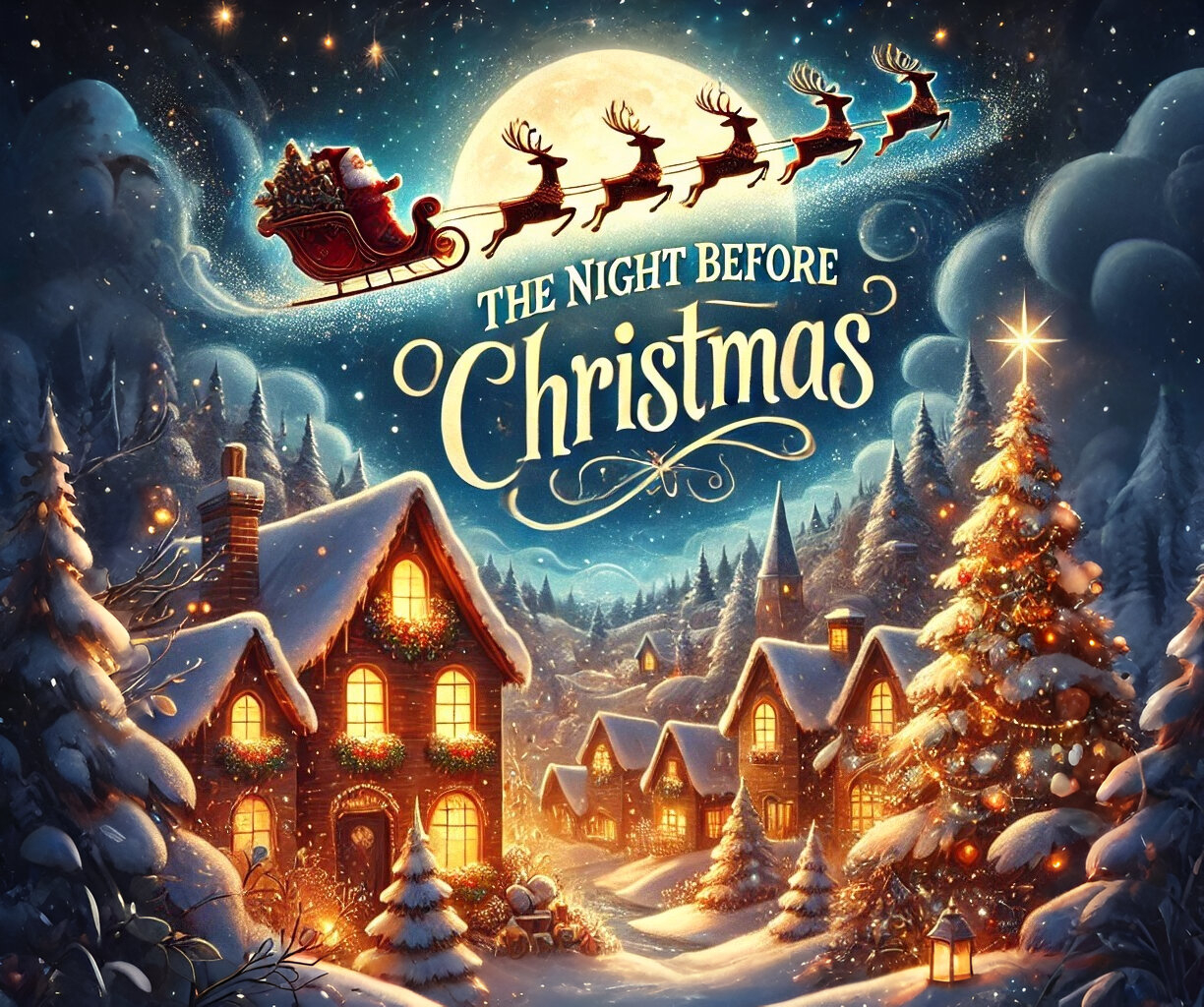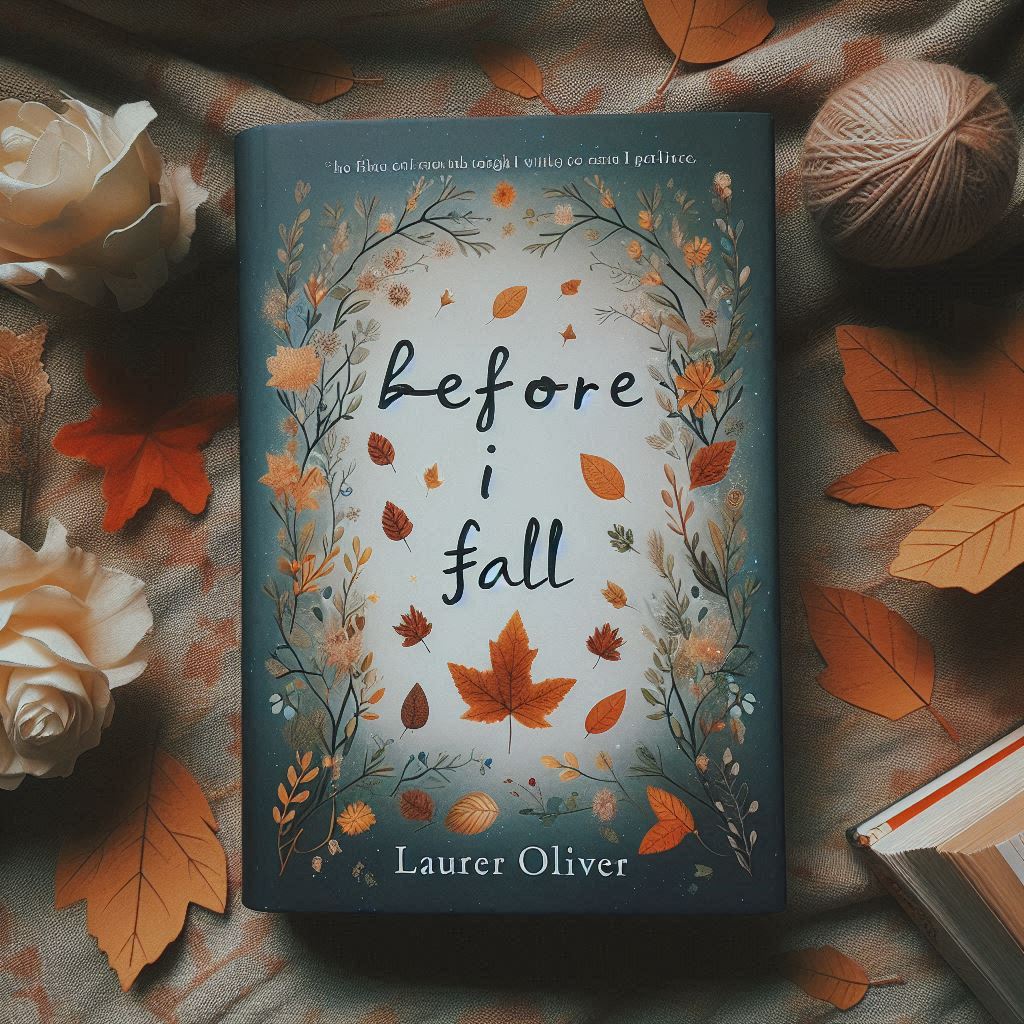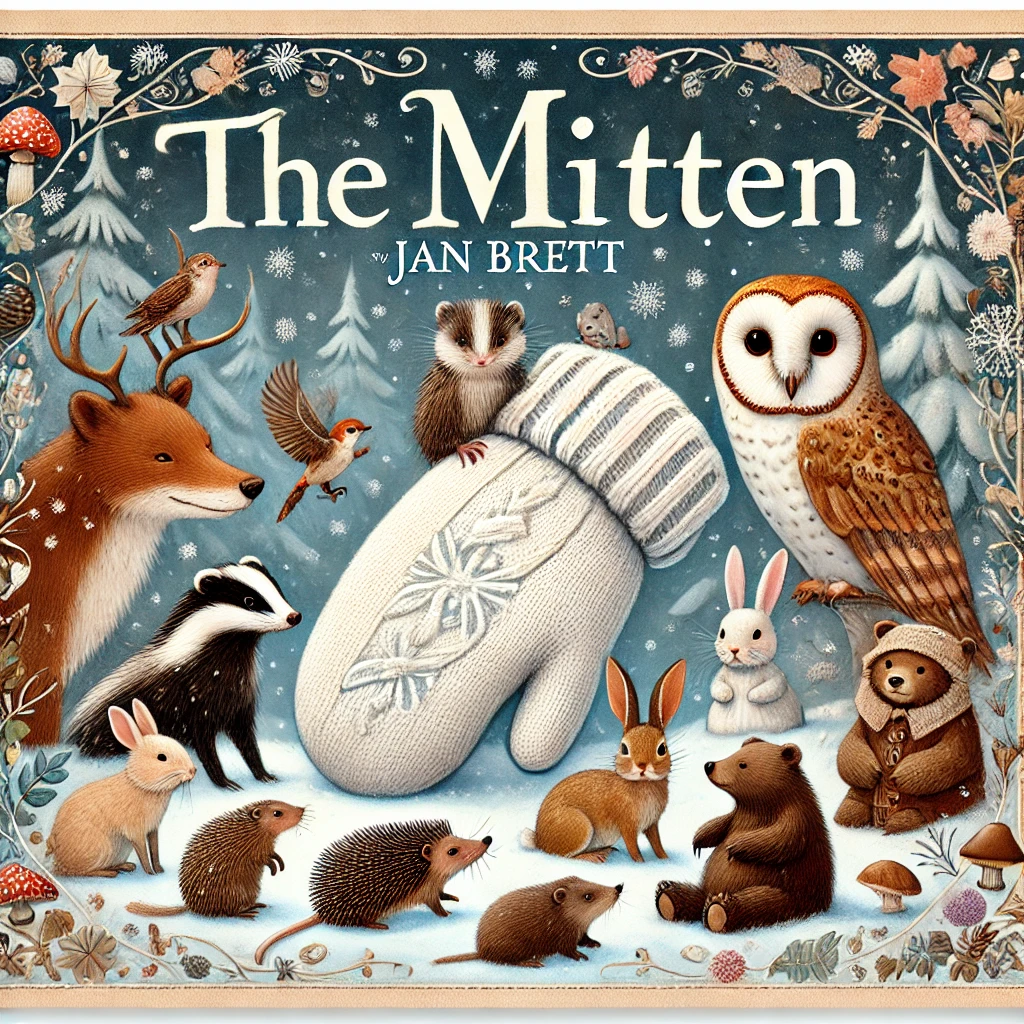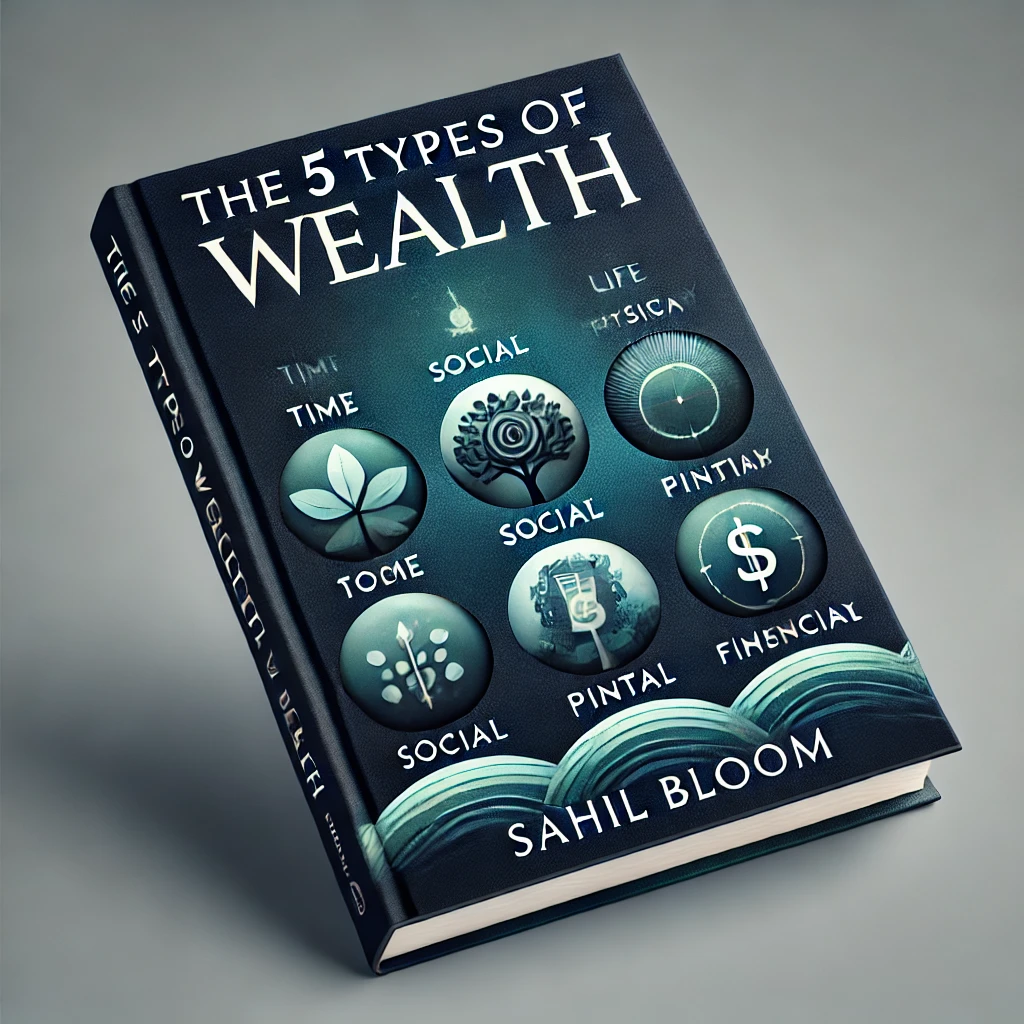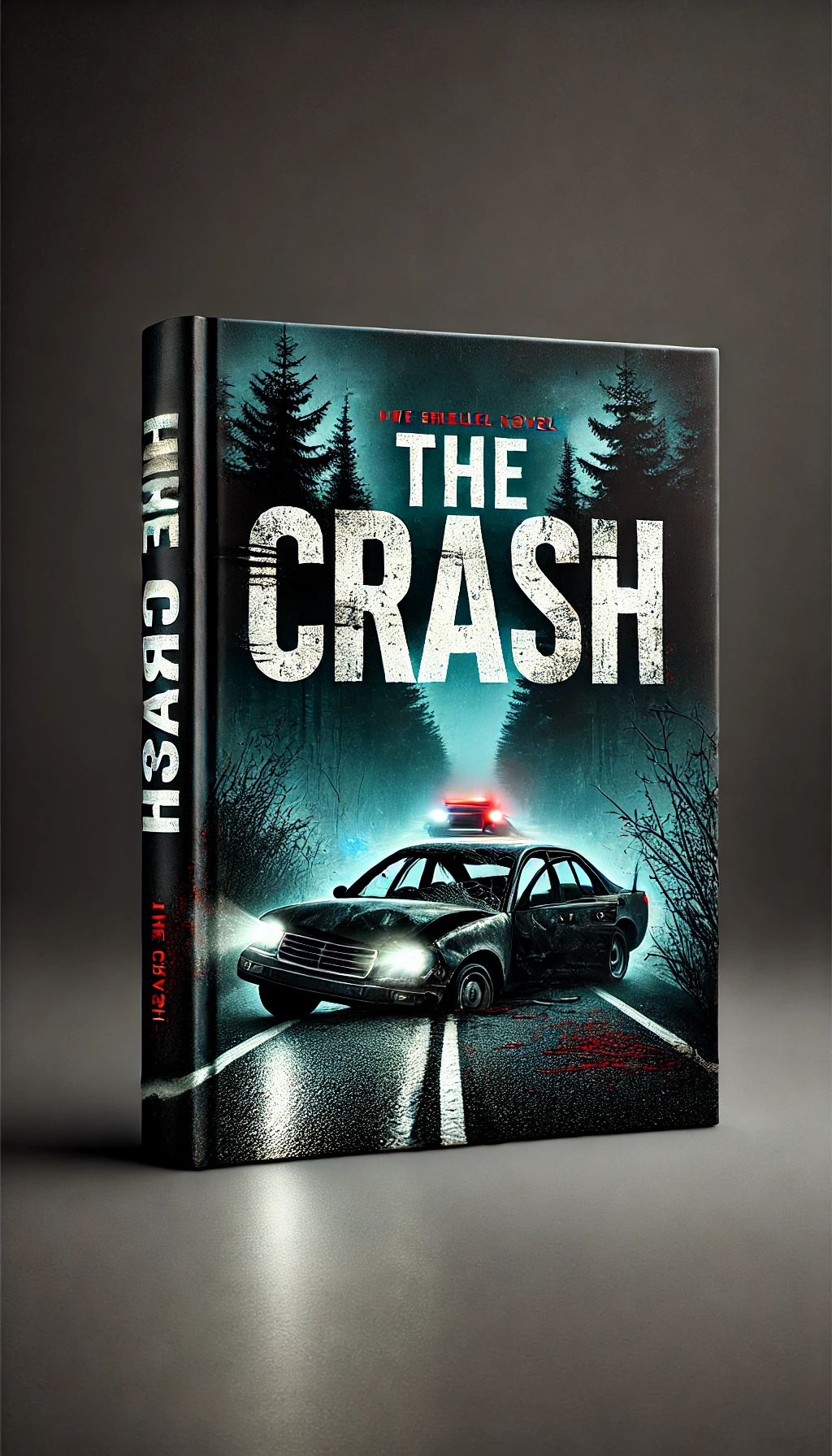Introduction to the Timeless Classic
“The Night Before Christmas” is Written in 1823 by Clement Clarke Moore, this enchanting piece captures the essence of Christmas through vivid imagery, rhythmic storytelling, and heartfelt emotions. The poem’s rich details and picturesque scenes have cemented its place as a cornerstone of holiday traditions around the world.
Background of the Poem
Detailed Summary of the Night Before Christmas
The Tranquil Beginning
The poem opens with a serene depiction of Christmas Eve. The house is quiet, and all its inhabitants, including the children, are asleep. The lines “Not a creature was stirring, not even a mouse” evoke a sense of calm and anticipation, setting the stage for the magical events about to unfold. The stockings are hung carefully by the chimney, signaling the household’s readiness for St. Nicholas’s arrival.
The Sudden Commotion
The narrator’s peaceful slumber is interrupted by a commotion outside. He springs out of bed to investigate, pulling aside the shutters to glimpse the source of the noise. The description of the moonlit snow glistening like daylight paints a vivid picture of the winter night. This buildup of suspense captures the reader’s imagination and mirrors the narrator’s excitement.
The Arrival of St. Nicholas
The central figure of the poem, St. Nicholas, makes his grand entrance in a miniature sleigh drawn by eight tiny reindeer. Moore’s description of St. Nicholas, described as a “jolly old elf” presents a joyful and friendly Santa, redefining the traditional image of the gift-bringer. The magical reindeer, each named in a rhythmic chant, add a whimsical touch that delights readers of all ages:
A Close-Up of St. Nicholas
The Act of Giving
The Departure
Themes and Symbolism in the Poem
The Spirit of Giving
Family and Togetherness
Magic and Wonder
The poem’s magical elements, such as the flying sleigh and reindeer, capture the sense of wonder and imagination that defines childhood. This timeless quality allows the poem to enchant readers across generations.
An Extended Look at Each Stanza
Stanza One: Setting the Scene
The poem begins with a tranquil depiction of Christmas Eve, establishing a peaceful and anticipatory mood. The narrator’s vivid description of a silent household invites readers to envision their own homes on this special night.
Stanza Two: A Stirring Discovery
The sudden noise outside disrupts the quiet night, prompting the narrator’s curiosity. This moment of surprise marks the transition from ordinary to extraordinary, as the magical events of the story begin to unfold.
Stanza Three: A Magical Sight
The moonlit snow and the sleigh’s approach create a captivating visual. Moore’s use of descriptive language immerses readers in the scene, making them feel as though they are witnessing St. Nicholas’s arrival firsthand.
Stanza Four: Santa’s Charisma
St. Nicholas’s jovial personality shines through in this stanza. His cheerful appearance and whimsical demeanor endear him to the narrator and readers alike, solidifying his status as a beloved holiday figure.
Stanza Five: The Art of Gift-Giving
The poem’s focus on St. Nicholas’s meticulous work highlights the importance of thoughtfulness and care in gift-giving. This stanza highlights the poem’s main theme of generosity.
Stanza Six: A Fond Farewell
The Cultural Legacy of ‘ the Night Before Christmas
Influence on Literature and Media
The poem’s vivid portrayal of Santa Claus has influenced countless works of literature, film, and art. Its depiction of holiday traditions continues to inspire creators and delight audiences.
Role in Holiday Celebrations
The tradition of reading the Night Before Christmas has become a beloved ritual for families across the globe. The poem’s universal themes and captivating storytelling make it a perfect centerpiece for festive gatherings.
Conclusion
“The Night Before Christmas” endures as a timeless emblem of holiday joy and celebration. Its lyrical verses and vivid imagery continue to captivate readers, evoking nostalgia and spreading warmth. As we revisit this timeless classic, we are reminded of the joy and magic that define the holiday season.


